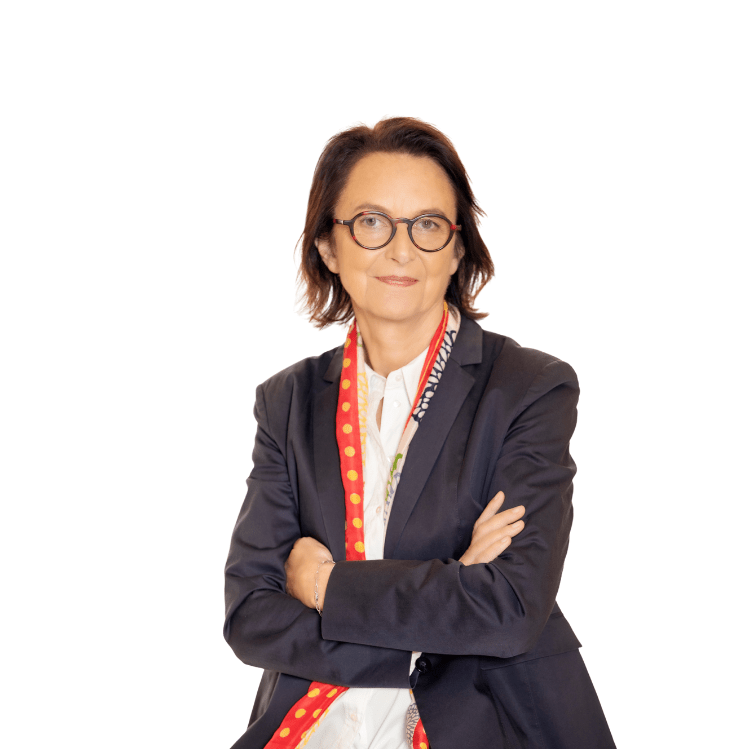
Visualizing the Future: Azza Eldeib’s Impact in 3D Art and Design
Azza Eldeib, a distinguished 3D artist with a Bachelor’s degree in Physics and Chemistry, has been a trailblazer in the realm of 3D visualization since 2007. As one of the pioneering Arab women in this field, Azza has earned a reputation for her exceptional skill in creating stunning visualizations and interior designs, working on projects across Qatar, Egypt, the UK, Saudi Arabia, Oman, Austria, the USA, and beyond. Her professional journey is marked by a unique blend of creativity and scientific acumen, enabling her to craft spaces that are both visually captivating and highly functional. Azza’s dedication to her craft extends to her role as an instructor, where she has empowered over 50 fresh graduates through professional courses and free workshops. She is also deeply committed to voluntary work, particularly in education and charitable organizations, demonstrating her passion for community development. Proficient in advanced design software such as 3ds Max, AutoCAD, Adobe Photoshop, and Unreal Engine, Azza continues to push the boundaries of 3D design. Since founding Interiofy LTD in the UK in 2021, she has led the company to acclaim for its innovative and aesthetically pleasing designs. Beyond her professional endeavours, Azza enjoys exploring new technologies and fostering creativity, solidifying her status as a respected leader and innovator in the interior design world.
Your educational background is in Physics and Chemistry, yet you’ve built a successful career in 3D visualization and interior design. What sparked your interest in this field and led to such a significant career shift?
Since I was a child, I always dreamed of becoming an interior designer because I loved drawing and colours. However, I ended up studying science at the university due to my fascination with chemistry. Life took a turn when I moved from Egypt to Qatar, and with the internet becoming popular in the Middle East, my passion for art came back to life. I stumbled upon an incredible program that could transform simple sketches into breathtaking 3D models. With no job at that time, I decided to learn how to use this program, excited to mix my creative dreams with new technology.
As one of the pioneering Arab women in 3D visualization since 2007, what challenges did you face, and how did you overcome them to establish yourself as a leading 3D artist?
It was not easy at all because, at that time, I was a mother of three children (now I have 4 children). There weren’t as many educational resources available as there are now, such as paid courses, YouTube tutorials, or even advanced learning centres. My primary learning source was the official website of Autodesk. I embarked on a self-learning adventure, scouring graphic design forums for any bit of knowledge. My breakthrough came when I discovered a Russian course, which truly ignited my journey into the fascinating world of graphics and 3D modelling.
The real challenge after mastering the program is discovering that you need to learn a host of additional tools because one program alone isn’t enough. You’ll also dive into a range of other skills, from photography and post-production to colour matching and furniture dimensions. Plus, you’ll explore various design styles, especially in architecture—whether it’s modern, classic, postmodern…etc. It’s a whole world, not just a single program.
Your work spans multiple countries, including Qatar, Egypt, the UK, Saudi Arabia, Oman, Austria, and the USA. How has working in these diverse locations influenced your approach to 3D visualization and design?
Working with clients from around the globe has expanded our horizons, allowing us to embrace and appreciate a wide range of diverse cultures and innovative ideas.
Each client with their own culture, customs, and traditions. These factors undoubtedly influence their choices for interior designs, colour schemes, and furniture selection. For each project, it is essential to conduct a comprehensive analysis of the space and its context, including local plantation and even the climate conditions. Additionally, it is important to consider the client’s tastes. We then begin tailoring the project specifically for them, creating what is known as a mood board to ensure it aligns with their vision. Therefore, we provide a range of detailed concepts to assist them in making informed decisions before the project commences.
You are not only a successful professional but also a dedicated instructor. What motivates you to teach, and how do you approach training fresh graduates in 3D programs?
My decision to host free workshops for students is because I have struggled to find advanced educational resources over the years. Even when I did find a great course, it was extremely expensive. Motivated by this, I chose to offer free workshops whenever I could. My journey began on a graphic design website with forums dedicated to 3ds Max, where I frequently shared my work and was asked for detailed “making-off” insights. This inspired me to launch my first workshop, guiding participants through creating an interior design project from scratch—starting with AutoCAD, moving to high-quality rendering in 3ds Max, and finishing with Photoshop for post-production. I am incredibly proud of my students, especially my daughter Yasmeen, who has followed in my footsteps and has become renowned for her exceptional work on global platforms.
Can you share a particularly memorable project or experience from your freelance work that had a significant impact on your career or personal growth?
Several projects have significantly impacted the success of my work, pushing me to learn things I might not have otherwise. One memorable experience from less than a year ago involved collaborating on a project with a team spread across three countries—essentially three different continents. It was an incredibly challenging and first-time experience as we participated in a major competition in Qatar through a partner firm. The process began with sketch designs, then moved to 3ds Max for 3D modelling, and finally created an architectural model for the competition presentation. The work took place in Qatar, the UK, and Egypt. Despite the high costs and extensive effort involved, the most valuable outcome was the experience gained, both in design and in organizing and respecting the tight deadline.
Interiofy Ltd has gained a reputation for excellent and innovative designs under your leadership. What is your vision for the future of Interiofy Ltd, and how do you plan to continue its growth and innovation?
I frequently pose this question to myself, and the answer remains consistent: We strive to distinguish ourselves by building the ultimate platform for students and graphic designers. Our vision is to be the go-to destination where designers can access everything they need—be it learning resources, technical support, high-quality tools like 3D models and textures, or forums for idea sharing and discussions. We aim to create a space where designers can showcase their work, and explore job opportunities, and clients can find a trusted partner for their projects.
Your proficiency with advanced design software is impressive. How do you stay updated with the latest tools and technologies in 3D visualization and design?
Reaching the top is one thing, but staying there is where the real challenge lies. While mastering a program is manageable, the continuous updates—often radically changing the software—make it essential to stay informed. To keep updated, we need to follow the official program website’s tutorials, explore new plugins and scripts, and engage in ongoing training. Even now, I’m deepening my expertise through various courses, including Unreal Engine, recent updates in 3ds Max, and cutting-edge artificial intelligence applications in architectural visualization.
Voluntary work, especially in education and charitable organizations, is a significant part of your life. How do you balance your professional commitments with your voluntary activities, and what drives your passion for community development?
I strongly believe that everyone has something to offer, not for their benefit, but rather for the benefit of others. Living in a country far from my family and friends turned my spare time into an opportunity for meaningful engagement. I found online volunteer opportunities especially appealing, as they allowed me to contribute without needing to be physically present. This flexibility helped me seamlessly integrate volunteering into my busy schedule, making it possible to make a difference while managing my professional commitments and my responsibilities as a mother.
You’ve trained over 50 fresh graduates and empowered the next generation of 3D artists. What key advice do you offer to aspiring 3D artists who are just starting their careers?
Continuously update your knowledge in your field and generously share your expertise with others. Always strive to view your work from the client’s perspective to ensure your designs effectively convey their intended message. Always hold yourself to the highest standards and manage your time and physical limitations.
Combining beauty and science is a unique aspect of your design philosophy. Can you elaborate on how you integrate these elements to create spaces that are both visually stunning and functionally effective?
Some might think 3D visualization is just about making things look realistic. However, its true aim is to create images that are both beautiful and realistic. It’s not just about realism, it’s about blending stunning visuals while using precise detail. Architectural visualization not only ensures the precision of building plans and uncovers potential errors before construction starts but also saves costs by avoiding mistakes in the execution drawings. It lets clients preview their future homes in vivid detail, giving them the power to make crucial design decisions before committing any funds to construction.

APPLY TODAY
100 Top Global Women Entrepreneurs – Global Woman Magazine
Our Journey in 12 Months:
Our Journey in 12 Months – Global Woman Magazine
5 Things That Show Money is Not Evil:
5 Things to Show That Money Is Not Evil – Global Woman Magazine
Global Man Magazine Page:
Global Woman, Global Man: Socials:
Global Woman Magazine (@global_woman.magazine) • Instagram photos and videos






